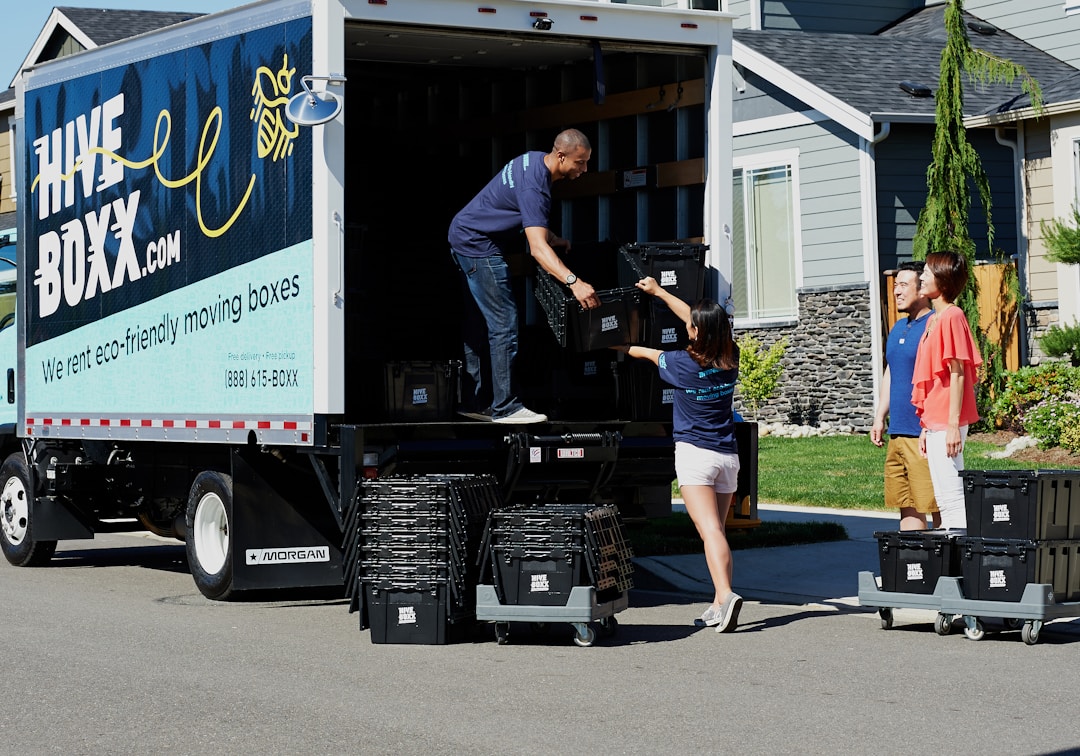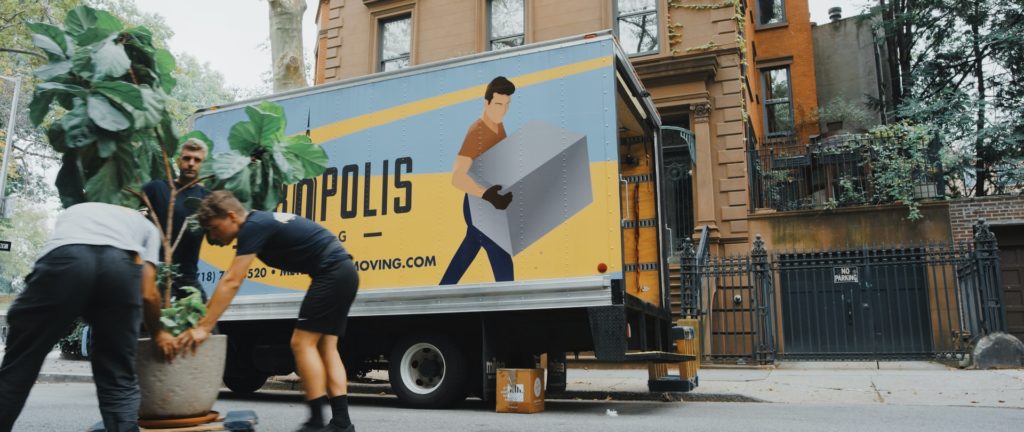Moving can quickly add up to an intense drain on your personal finances. The costs associated with the project of moving homes are straightforward, but they can quickly run out of control if you don’t plan for the move well in advance or budget with intelligence. Your finances, belongings, and family require a dedicated plan of attack that will see you all packing and moving with the greatest measure of ease possible, but this can only be done if you begin to plan for your move in the months, or even years, ahead of a buying opportunity.
This is especially true for first time home buyers. The transition from rental to ownership is a big leap that has seen a marked change over the past decade. The average first time home buyer in the United States is now 33 years old, making the purchase of a home something that can exist as a long term plan for many families. Executing on the plan, of course, is where the whole production can either run smoothly or run out of control. Here are some ideas for keeping your costs to a minimum.
Begin your planning with time to spare.

When approaching the opportunity to move into a bigger or better home, it’s important to begin planning–and most importantly, saving–well in advance. Many realtors will tell you that it’s best to begin this process at least twelve months before your application for a mortgage loan. Building financial stability to carry you into this new buying phase of life is essential in the months leading up to a purchasing decision. This is because you will be–in all likelihood–purchasing the home with the help of a financial institution’s loan. You can’t afford to enter into this decision with poor cash flow or large credit card debt that will eat away at your monthly expense to earnings ratio.
There are a number of things you should be doing in the months leading up to your big move, but they begin with the long term and two-pronged goal of settling debts and building savings. Buyers will be paying back monthly payments to the bank for twenty to thirty years on their mortgage, and you’ll become one of these borrowers in short order. This means that reducing the other monthly expenses that are coming out of your bank account every month is a necessary part of creating a cash flow computation that will see you thriving in your new home rather than wondering if you’ll make ends meet month after month.
Start with credit cards; the average American owes about $6,000 in revolving credit card debt, and this is typically the highest interest line of credit that you’ll have across all of your different accounts. Rather than making the minimum payments every month, begin setting aside a bit of extra cash to make a second installment. This could be as little as $100, but the fact is that every little bit helps. Your dedication to repaying these debts really adds up the longer you continue to overpay. With just a minimum payment, you’re reducing your figure by a fraction each month, and then the interest is tacked on. By paying more than you have to, you eat away at the principal and reduce the interest-bearing balance. The reduction of your overall debt becomes an exponential change in your favor.
Think about other cost-cutting methods.

There are a number of other ways to help create daylight in your moving budget that don’t revolve solely around paying off debt and contributing to a savings account. Utilizing public car auctions to sell an extra car that you own, or to buy your next vehicle at a great price, is a wonderful way to add to your free capital. Trading in vehicles with the use of an auction house is one of the primary ways that car flippers make their money, but even without venturing into a new investment strategy to add to your bottom line, you can utilize the same methods to buy or sell your next car.
During the moving process, oftentimes, you’ll want to get rid of many of your belongings. Whether you’re a local mover or plan to transition to a new state, or even internationally, downsizing the possessions in your home is a great way to get a fresh start. This may mean selling a second car in order to purchase something more fuel-efficient or rugged, depending on where you’re moving. For a move out into the countryside or mountainous areas of the United States, a trade-in that sees you driving a pickup instead of the Hyundai you’ve driven for the last few years might be the perfect way to make the move work for you–and purchasing the new vehicle from a local dealer or auction once you’ve settled in can help make the physical burden of moving that much easier.
Prepare for your new space with professional help.

Making use of a mover in Maryland is a great way to lock in a bargain price on movers in your area. Utilizing the help of a mover will give you the freedom you need to visualize and prepare for the new home that you’ll want to recreate into your own personalized space. Moving companies typically offer great discounts on relocation year-round, and they give you access to helpful hands with years of experience in the industry.
Similarly, realtors and interior decorators will tell you that keeping your belongings in a storage unit for the first month or two after moving in is a great way to help you make your mark on the home without the clutter of your old home’s energy. Having plants delivered is one great way to assist with this task, while the home remains fairly spare. Plants help circulate oxygen within the interior and provide mood-boosting energy to you and your family. Plants in the home are a great way to improve upon your attitude about your new town and new house in the early days, and they make for excellent decorations as the years go on.
Moving can be difficult, but going into it with a thorough plan will help you make it through.

